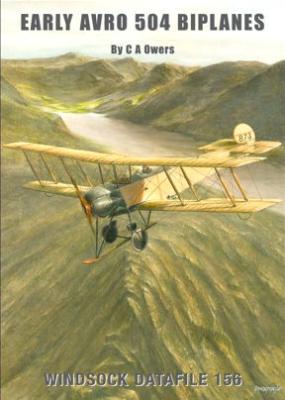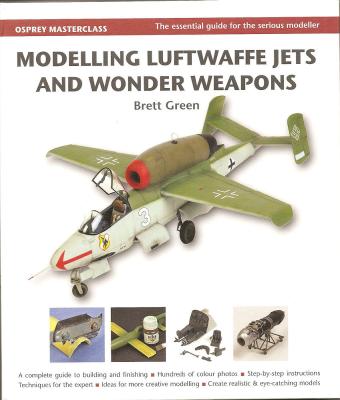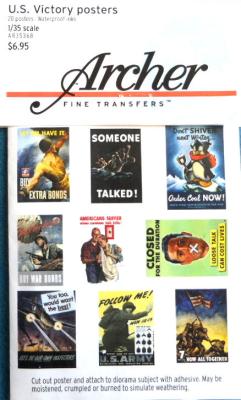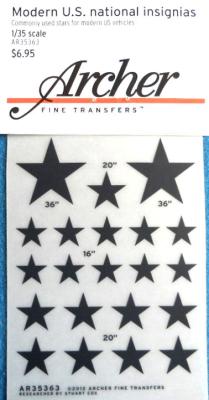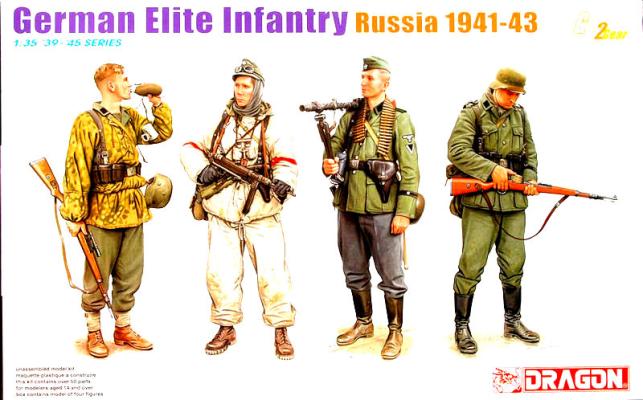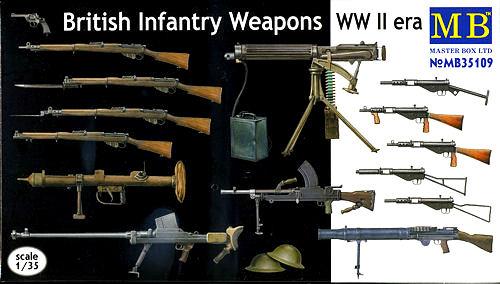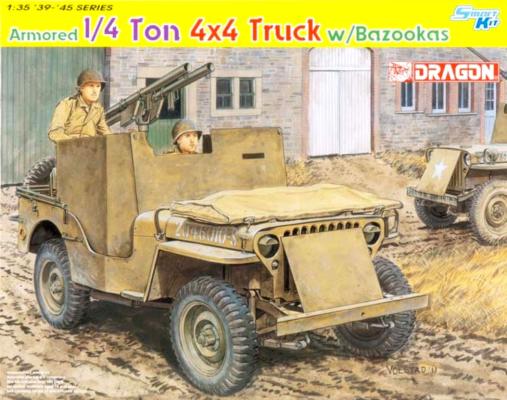Windsock Datafiles from Albatros Productions are very familiar to most of those who have been building WW I aircraft models for some time. And, a number of those who have been awakened to that era by the recent introduction of 1/32 scale kits from Wingnut Wings, Roden, Special Hobby, and others have discovering the value of collecting these publications. Number 156 in the series has just been published and it is the second Datafile about the AVRO 504. However, it is a companion to the earlier title because, unlike Datafile 28, this volume focuses attention on the types that preceded the 504K.
What's New
This is the newest title in Osprey Publishing’s Modelling Masterclass series. Written primarily by Brett Green (author of several other Osprey books and webmaster of the Hyperscale website), this book covers several model builds of Luftwaffe jets, as well as some historical information.
The book itself is in a very sturdy format. The covers are thick, glossy, and hard, and they enclose over 180 pages of text and photos. The pages are spiral bound, so this book lies completely flat when opened to any page – a very nice feature if you are using this reference at the model desk. All the pages are of medium-weight paper, and in a satin finish. All the model photos are in full color, and there are also many black and white photos in the historical sections.
There are 7 chapters in this book, as well as tables at the end listing references and available kits of the subject.
Squadron has done it again. They have provided us with another volume included in their outstanding Walk Around series. This particular one deals with the F9F Cougar and all its variants. It is written and laid out in the typical Squadron Walk Around fashion.
The book introduction starts with a brief but comprehensive history of the development and deployment of the Cougar. There are tables that show the differences between each version and a section on the different nose and canopy variations. The rest of the book is high quality black & white and color photos with captions. The majority of pictures are color. All photos have a very comprehensive caption that explains what you are looking at. I would say that half the photos are from display aircraft and the other half from archive photos.
Once again, Archer Fine Transfers is out with another awesome product which will be helpful to the diorama builders. This particular sample is the U.S. Victory Posters set. It consists of twenty Victory Posters of the WWII era which include posters like the “I Want You” poster to the “Victory Garden” poster, and even some posters that the younger crowd has probably never seen. Some are serious and some have a mild comedic effect about them. They definitely reflect the mood of the times. These posters can even be used in the interiors of models as pin-ups.
The set is in 1/35 scale and is made with waterproof inks. This becomes very important because the major difference between this product and the usual transfers that need to be burnished is that these posters will have to be cut out and glued on. Mildly diluted white glue is enough to make them stick to almost anything, and after drying a coat of clear paint or varnish should hold them down indefinitely.
Archer Fine Transfers has and always had the best and largest variety of transfers than any other company. I would venture to say over 90% of us in the scale modeling hobby have used an Archer product in one way or another. Some modelers I have met only use transfers and will use decals only when it is absolutely necessary.
Archer’s transfers are always of the highest quality and detail, and so simple to apply. However, there should be a high degree of concentration when applying them to the model because any movement while burnishing the transfer will ruin it. Whenever possible, I always cut out the particular transfer that I am going to apply from the sheet because it is very possible that another transfer, too close to the one that is being applied, can accidently adhere itself to the model. This is one of the downfalls, but very easy to avoid. Also, with transfers there are no do-overs, so proper placement of these transfers is of utmost importance.
At the IPMS Nationals this summer I had the opportunity to see the latest and greatest of Gallery Models/MRC's products. I was given the opportunity and pleasure of being allowed to do the review of this kit provided by MRC/Gallery Models and IPMS/USA.
This kit from Dragon features four German Waffen SS infantrymen as they would appear in the early years on the Russian Front. The term “elite infantry” is used as a euphemism for the SS, and while some of the SS divisions could fit into the elite category, some could not, such as the 4th SS Polizei Division, represented by one of the figures on the box art. These figures do not have to be painted as SS soldiers; you could do them in markings of army troops, and the sniper could be painted as a member of the Luftwaffe’s Hermann Goering Division, which used SS camouflage clothing.
The figures include a sniper in camouflage smock, an NCO with MP 40 machine pistol in winter dress, a machine gunner with MG 34 from the 4th SS Division, and an infantryman loading his rifle.
This kit from Master Box features an assortment of weapons used by Commonwealth troops during the Second World War. This is a welcome addition to the 1/35th arsenal, since some of these weapons are rarely, if ever, offered in this scale. The box contains one sprue of 40 gray plastic parts wrapped in a really large plastic bag. 15 weapons and 6 helmets are included.
The weapons consist of 2 Enfield Mk. III rifles (1 w/bayonet), 2 Enfield No.4 rifles (1 w/bayonet), and 5 Sten submachine guns of various types. Also, there are one each of an Enfield Mk. 2 revolver, Boys anti-tank rifle, Bren gun, Vickers Mk.1 machine gun, Lewis gun, and PIAT anti-tank weapon.
Background
Conceived originally as a high-altitude, high-speed interceptor to counter an anticipated Soviet strategic bomber threat (YF-12) and a strategic reconnaissance platform replacement for the U-2 (SR-71) in 1959, Lockheed’s “A-11” platform has become one of the most recognizable and awe-inspiring aircraft designs of all time. Setting and holding world speed and altitude records for decades, the SR-71 variant came to symbolize America’s manned strategic reconnaissance program from the mid 1960’s until its retirement in the mid 1990’s – when, ironically, it was retired in favor of the more cost-effective U-2.
The Kit
Background
Arguably the most recognizable Allied vehicle of World War II is the timeless and versatile ¼ Ton 4x4 Truck, a.k.a. “Jeep.” While used for a myriad of tasks by Allied ground forces, scouting and reconnaissance were near the top of the list. Some variants of recon Jeeps were outfitted with .50-caliber machine guns, some with armor plate, and some with dual bazookas in lieu of the .50-cal – the latter during the Battle of the Bulge in December, 1944, and serving as the subject of this kit.
The Kit
Dragon’s little armored bazooka-toting ¼-tonner is a compact package of modeling art. The 4 sprues and body of light gray and the single sprue of clear styrene parts are nicely detailed and very crisply molded with virtually no discernible flash. The hefty fret of PE, including the armor plating, straps, and hood and windshield latches, is very crisp and fairly well matched to the kit. A small sheet of decals is also provided.

